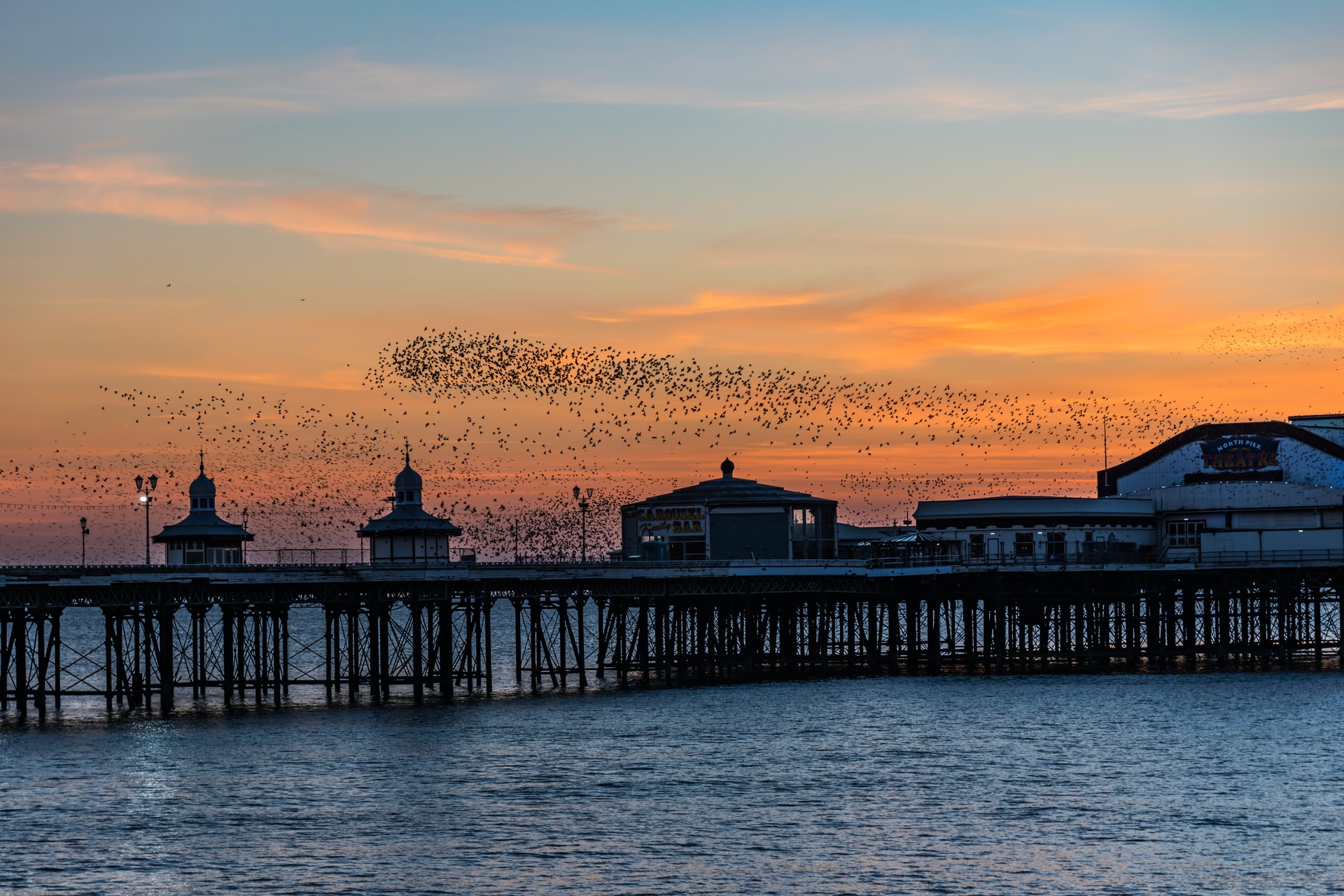The recent news that Giorgio Parisi has been awarded the Nobel Prize for Physics, has driven a lot of attention of one of his research fields: making sense out of chaos. He has particularly researched a very specific phenomena, that doesn’t seem to have a lot to do with physics to be fair: the Murmuration of Starlings.
Parisi has stated that most of his research has dealt with how simple behaviours give rise to complex collective behaviours.
The Magic of Murmuration
This has driven my attention to the context of Murmuration. We all have been fascinated by the apparently improbable coordinated movements of thousands of these birds in the skies. These coordinated movements simply do not seem possible. But then, they are doing it.
Scientists have been fascinated by this. Those synchronized dips and waves seem to hold secrets about perception and group dynamics. Giorgio Parisi took on the challenge of explaining thiese movements. What he found, is that the math equations that best describe starling movement are borrowed “from the literature of ‘criticality,’ of crystal formation and avalanches – systems poised on the brink, capable of near-instantaneous transformation.” They call it “scale-free correlation,” and it means that no matter how big the flock, “If any one bird turned and changed speed, so would all the others.”
What is strikingly beautiful is that Murmuration misses completely one of the features we all believe necessary to any form of organization: hierarchy. There is no “boss” that guides the team, no structure that transfer information, no formal communication structure. True self-management in action.
The beauty of the process lies fully in what neither biologists nor anyone else can yet explain: how starlings seem to process information and act on it so quickly. It’s precisely the lack of lag between the birds’ movements that make the flocks so astonishing. Something that also exists in other animals, such as many species of fish in oceans.
Murmuration and Self-Management
An element to reflect upon as we investigate further the concept of emergence vs. intentionality. Because the way communication happens based on the “lack of lag” is just an extraordinary example of how critical this aspect is. As we look at Organizational Models that are “boss-less” and based on self-management, this element is key in creating the conditions for an organization that is fluid in forms and outputs.
I love the fact that one of the articles that better describes this phenomenon is titled “Starling Flock Networks Manage Uncertainty in Consensus at Low Cost“, as it looks at one of the key feature of communication (managing uncertainty) and about the fact that the solution these birds have managed to find, works on diminishing costs for the network. An element that ties in beautifully with the costs that instead bureaucracy creates.
Another beautiful example from Nature that puts under question the traditional assumption that hierarchies are the only way of organising. Several organizational forms have been linked to Murmuration, but this topic is more then a relationship between leadership and followership. It’s about entangling self-management in it true sense, based on the shortest possible communication circuit that makes sense for the team.
Murmuration makes also a great reference to another important reason why organizations exists: many animals act in flocks as a way to defend themselves from predators. Similarly, organizations are built to expand on the limitations of individuals.
Last but not least, the movements of the myrads of sterlings in the sky, calls to a truly fundamental element for organisational energy: engagement. A truly engaged team acts in alignment thanks to its ability to constantly share and receive information. Active communication becomes a fundamental asset.
What do you think?

Photo by Paul Berry on Unsplash
